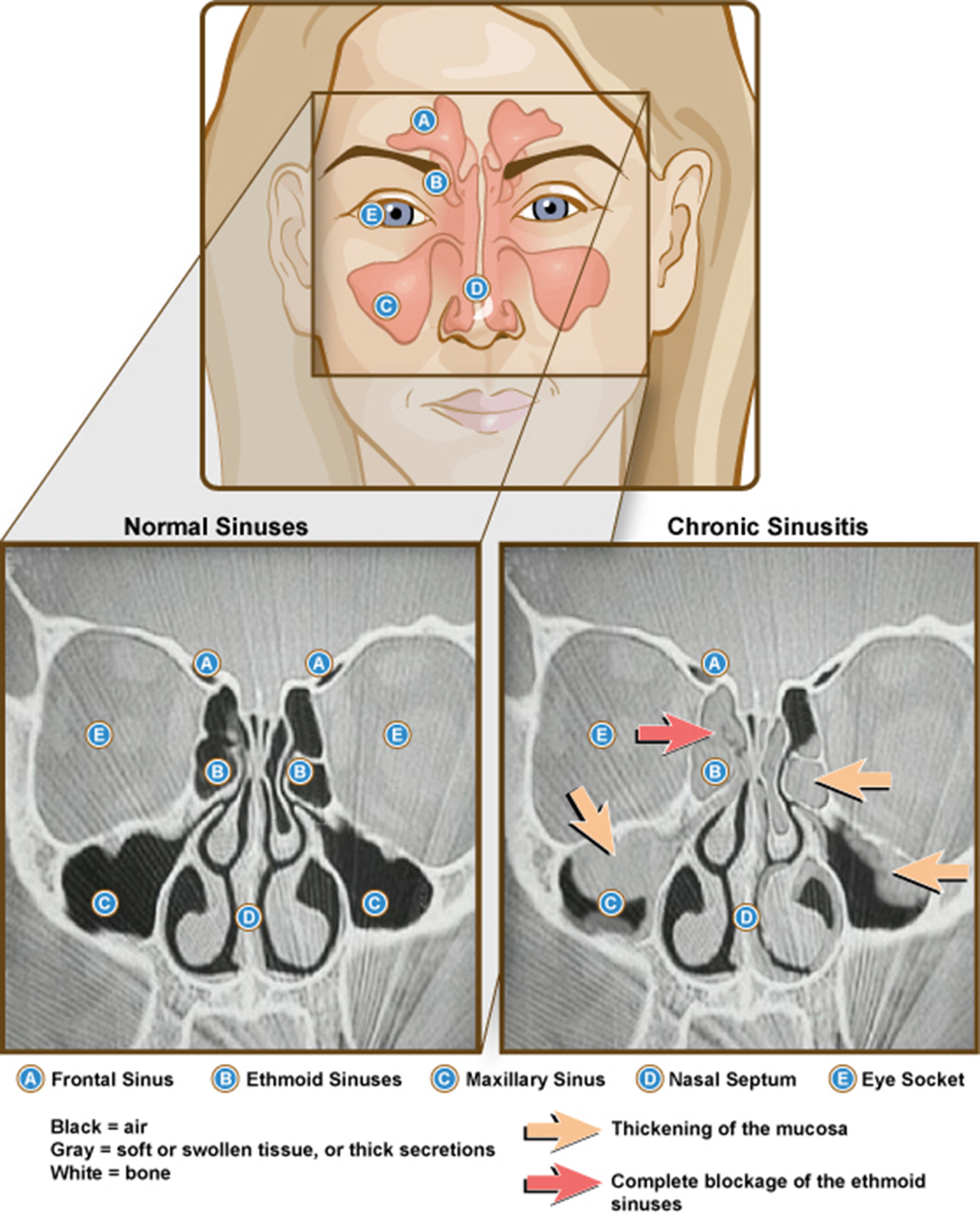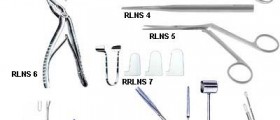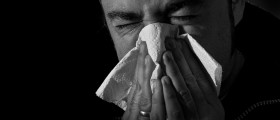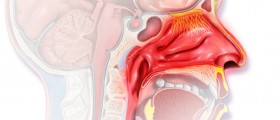
Sinus infection, also called the sinusitis, is an inflammation and swelling of the sinuses and nasal passages. This ailment affects more than 37 million people in the U.S. each year.
Sinuses Overview
Sinuses are hollow cavities filled with air. Function of the sinuses is to insulate surrounding structures of the skull, humidify and warm inspired air and increase voice resonance. There are four major pairs of theses cavities that connect the space between the nostrils and nasal passages. They include:Frontal sinuses in the foreheadMaxillary sinuses located behind the cheeksEthmoid sinuses present between the eyes, andSphenoid sinuses located behind the eyesThe sinuses contain defend mechanism against viruses and bacteria. When a pathogenic organism grows inside a sinus, it leads to blockage of sinus and sinus infection.
Types of Sinus Infections
There are four types of sinusitis. Acute sinus infection or acute sinusitis lasts for 30 days or less. It presents cold-like symptoms such as runny and stuffy nose and affected person may experience facial pain as well. Episodes of acute sinusitis can occur no more than three times a year. Subacute sinusitis is an inflammation of sinuses that can last for up to two months. Chronic sinusitis may last longer than 8 weeks and may occur four times a year and more. Recurrent sinusitis is a sinus infection that may recur during a year.
Causes of Sinusitis
Acute sinusitis may result from viral infection in the upper respiratory system. Acute sinus infection can be caused by allergens and environmental pollutants as well. Viral infection affects the cells of sinus lining, which causes an inflammation. This obstructs the nasal passage that connects to the sinuses. Allergens and pollutants act similarly. Bacteria that may cause sinus infection are Streptococcus pneumoniae, Haemophilus influenzae and Moraxella catarrhalis. Fungi may also lead to sinusitis in people with impaired immunity system.
Signs and Symptoms of SinusitisDepending on the sinus affected and type of sinus infection, signs and symptoms will vary.
Acute Sinusitis Symptoms
Ethmoid sinusitis is accompanied with nasal congestion with discharge, mucus dripping down the throat behind the nose, headache in the temple and eye area, fever and the pain that is worsen with coughing, lying on the back or straining. Maxillary sinusitis is followed by pain around upper teeth, eyes and the check bone, fever, postnasal drip, nasal discharge. The pain can be confined to one side of the face or may affect the both sides. The pain is worse with bending forward or the head upright. Frontal sinusitis manifests itself with severe headache in the forehead, nasal discharge or postnasal drip and fever. Frontal sinusitis pain is worsening in reclining position. Sphenoid sinusitis presents symptoms such as headache behind or on top of the head, behind the eyes or across the forehead, nasal or postnasal drip, fever and in some cases with vision problems. The pain worsens in lying position.
Chronic Sinusitis Symptoms
Ethmoid sinusitis comes with chronic nasal discharge, chronic sore throat, bad breath and obstruction of the nose bridge. Maxillary sinusitis is accompanied with pressure under the eye, chronic toothache or tooth sensitivity and the pain worse with cold, flu or allergies. Frontal sinusitis is followed by persistent, low grade ache in the forehead, chronic postnasal drip and history of trauma or damage to the sinuses. Sphenoid sinusitis presents symptoms like low grade headache, fatigue and chronic postnasal drip.

















Your thoughts on this
Loading...